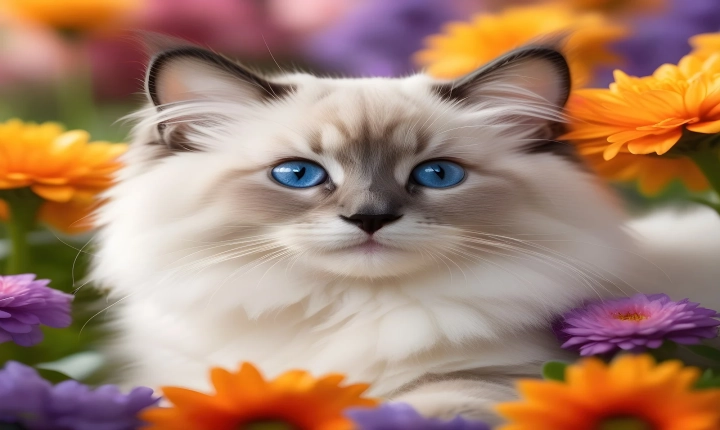Can Artists be Replaced by AI?
In recent years, advancements in artificial intelligence have raised the question of whether artists can be replaced by AI. With AI creating paintings, composing music, and even writing poems, it is natural to wonder if the human touch in the arts is becoming obsolete. However, the answer to this question is not as clear-cut as it may seem.
One of the primary arguments in favor of AI replacing artists is the sheer efficiency and speed at which AI can create art. Machines can analyze vast amounts of data and produce work at a rate that is unmatched by human artists. Additionally, AI can be programmed to emulate various artistic styles and techniques, making it capable of producing artwork that mimics that of famous artists. This has led some to argue that AI could potentially democratize art, making it more accessible to a wider audience.
On the other hand, many argue that the uniqueness and emotional depth of human artistry cannot be replicated by AI. Art is often deeply tied to human emotions, experiences, and perspectives, and AI, no matter how advanced, cannot truly understand or express these aspects in the same way as a human artist. Art is also a reflection of the human condition, and the personal touch and authenticity that human artists bring to their work are often what makes it resonate with audiences on a profound level.
Furthermore, the process of creating art is an inherently human experience. The act of creating art is often an expression of an artist’s individuality, creativity, and imagination. While AI can be programmed to generate art based on existing patterns and styles, it lacks the capacity for original thought and true innovation. Human artists bring a level of unpredictability and intuition to their work that is difficult for AI to replicate.
It’s also important to consider the ethical and societal implications of AI replacing artists. The displacement of human artists by AI could have detrimental effects on the artistic community, including loss of livelihood and a devaluation of human creativity. Additionally, the dehumanization of art could lead to a disconnection between the artist and the audience, affecting the emotional and cultural impact of artistic expression.
In conclusion, while AI has the capability to produce art that is visually and aurally appealing, it is unlikely that it will replace human artists entirely. The depth, emotional resonance, and originality that human artists bring to their work are inimitable. Instead, AI can complement human artistry and expand the possibilities of creativity. Ultimately, the coexistence of AI and human artists has the potential to enrich the artistic landscape, opening up new avenues for exploration and collaboration.
